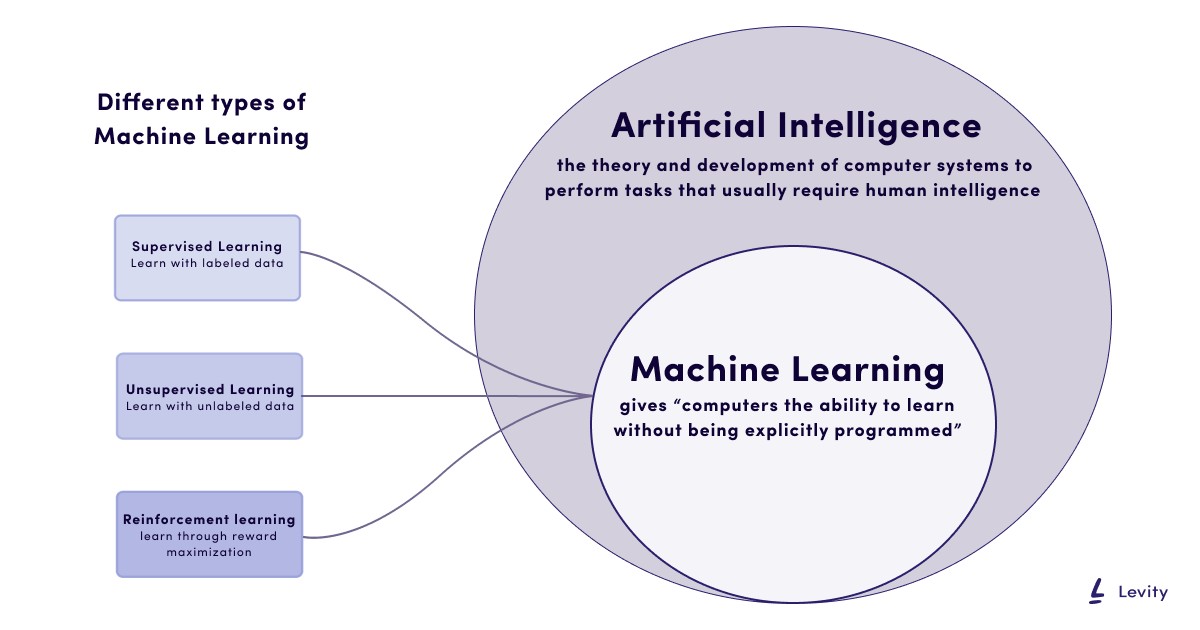Machine learning is transforming industries, but how do machines actually learn? This article delves into the three primary types of machine learning: supervised, unsupervised, and reinforcement learning, explaining their core concepts and highlighting their differences. Understanding these learning paradigms is crucial for anyone venturing into the field of artificial intelligence.
Supervised Learning: Learning from Labeled Data
Supervised learning operates on a fundamental principle: learning from known input-output pairs, also known as labeled data. The algorithm’s objective is to identify patterns in this data and accurately predict outputs for new, unseen inputs.
This learning paradigm encompasses two main tasks:
- Regression: Predicting a continuous numerical value. For example, predicting the price of a house based on its size, location, and age.
- Classification: Assigning a label or category to an input. For example, classifying an email as spam or not spam.
Consider image classification: a supervised learning model is trained on a dataset of images labeled as “cat” or “dog.” By analyzing the features of these labeled images, the algorithm learns to distinguish between cats and dogs and can then classify new, unlabeled images.
Unsupervised Learning: Unveiling Hidden Structures
Unlike supervised learning, unsupervised learning operates on unlabeled data. The algorithm’s goal is to discover hidden patterns, structures, and relationships within the data without prior knowledge of the outcomes.
A common application of unsupervised learning is clustering, where the algorithm groups similar data points together. For instance, in customer segmentation, an unsupervised learning model can analyze customer data (purchase history, demographics) to identify distinct customer groups without pre-defined categories. This enables businesses to tailor their marketing strategies to specific customer segments.
Reinforcement Learning: Learning through Trial and Error
Reinforcement learning takes inspiration from behavioral psychology. The algorithm, often called an agent, learns through interactions with an environment. The agent takes actions, receives feedback in the form of rewards or penalties, and adjusts its behavior to maximize rewards over time.
A classic example is a robot learning to navigate a maze. The robot receives rewards for reaching checkpoints and penalties for hitting walls. Through repeated trials and feedback, the robot learns an optimal strategy for navigating the maze and reaching the goal. This learning approach is used in robotics, game playing, and resource management.
Conclusion: The Future of Machine Learning
The three types of machine learning – supervised, unsupervised, and reinforcement – offer distinct approaches to enabling machines to learn from data. Each method addresses different types of problems and has unique strengths and weaknesses. As machine learning continues to advance, understanding these fundamental learning paradigms is essential for harnessing the power of AI to solve complex problems and drive innovation across various industries.
